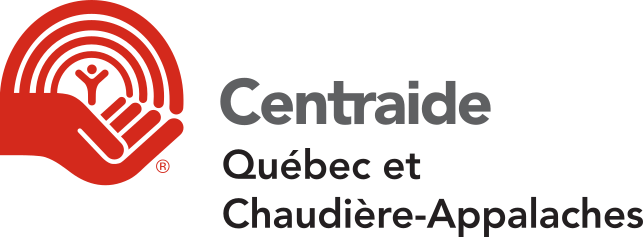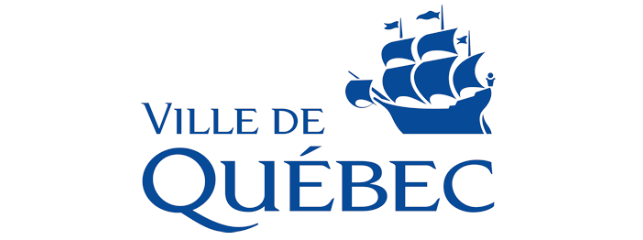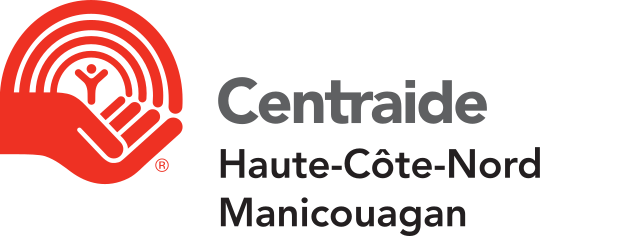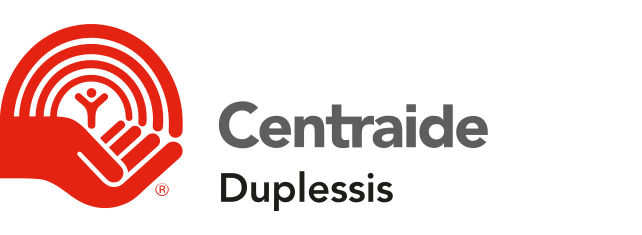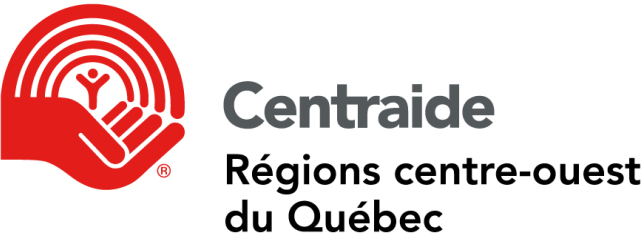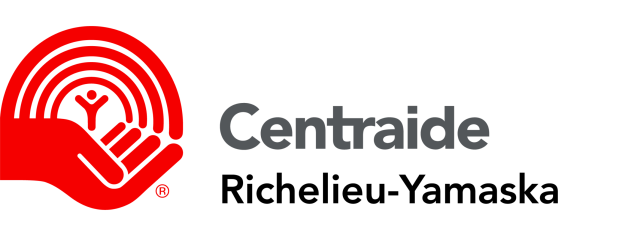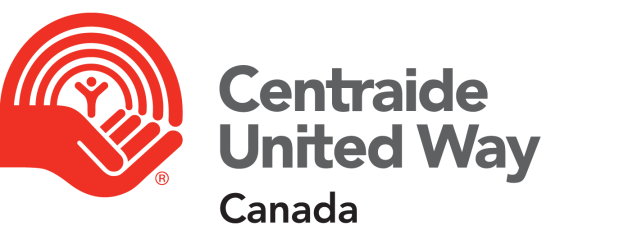[ Browse by Service Category : Topics Related to Sign Language Instruction (5) ]
Sign Language Interpretation
Programs that offer the services of people who are proficient in sign language, one of a variety of communication systems in which hand and body movements represent words, ideas, objects, actions and other concepts, to help people who are deaf or have hearing impairments and hearing individuals communicate with one another. Included are programs for individuals who are proficient in American Sign Language (ASL), Quebec Sign Language (LSQ) as well as those who use systems like Signed Exact English (SEE), Conceptually Accurate Signed English (CASE) which involve manually coded English, signed French which involve manually coded French, cued speech in which words spoken by lips are supplemented by cues which aid speech reading, and oral transliteration in which words spoken by an individual are silently mouthed to the deaf person accompanied by appropriate facial expressions and gestures to facilitate conveyance of the information. Sign language interpreters interpret in two ways: voice-to-sign and sign-to-voice. Voice-to-sign means the interpreter is signing to the deaf person what the speaker is saying. Sign-to-voice means the interpreter is voicing to the hearing person what the deaf person is signing. Some individuals want an interpreter who can perform both roles. Others prefer to speak for themselves and limit the interpreter's role to signing to them.
The above terms and definitions are part of the Taxonomy of Human Services, used here by permission of INFO LINE of Los Angeles.

